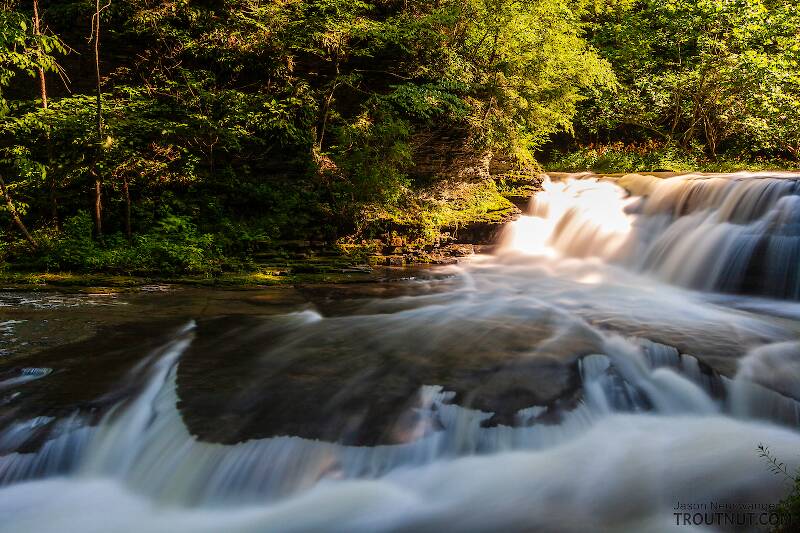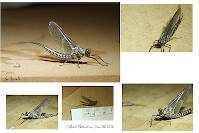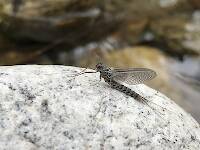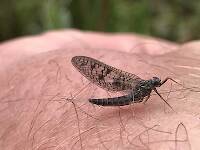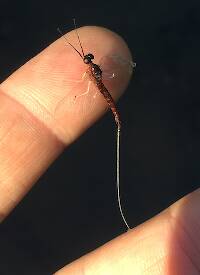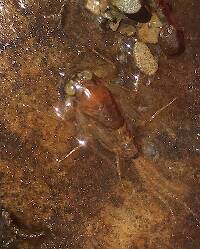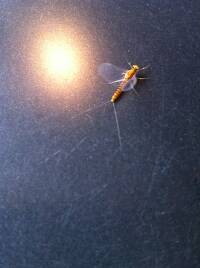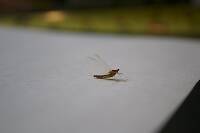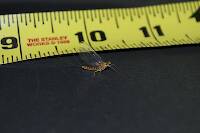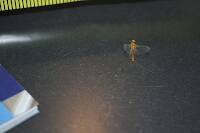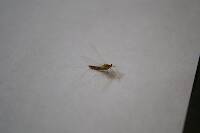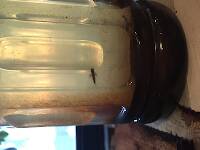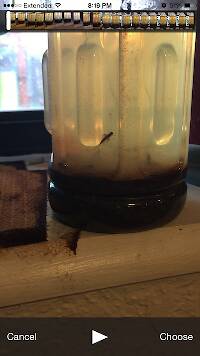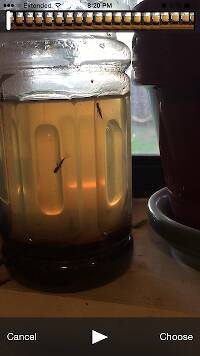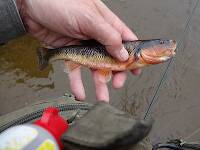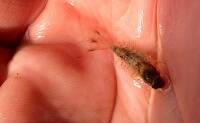
Hex Mayflies
Hexagenia limbata
The famous nocturnal Hex hatch of the Midwest (and a few other lucky locations) stirs to the surface mythically large brown trout that only touch streamers for the rest of the year.
Featured on the forum

This is the first of it's family I've seen, collected from a tiny, fishless stream in the Cascades. The three species of this genus all live in the Northwest and are predators that primarily eat stonefly nymphs Merritt R.W., Cummins, K.W., and Berg, M.B. (2019).

Troutnut is a project started in 2003 by salmonid ecologist Jason "Troutnut" Neuswanger to help anglers and
fly tyers unabashedly embrace the entomological side of the sport. Learn more about Troutnut or
support the project for an enhanced experience here.
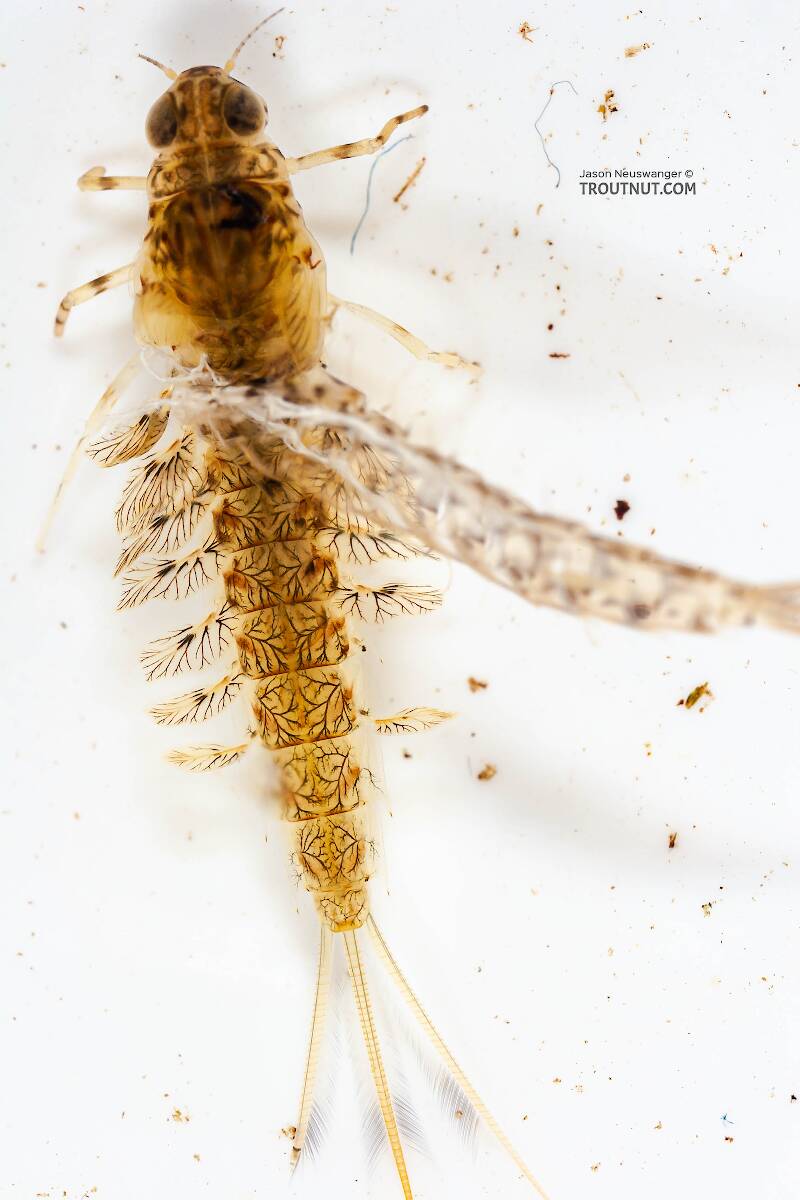
I photographed this nymph in the middle of molting between one instar and the next (not hatching).
Oldredbarn on May 12, 2010May 12th, 2010, 10:47 am EDT
Jason,
These are absolutely wonderful photos! What lens did you use?
I have always thought that when the mayfly molted it did it somehow along the same lines as when it's emerging in to the adult. Where the wing pad splits and they basically emerge through that opening. This appears more like a snake shedding its skin and it appears to have split along the bottom of the insect and the exuviae just flakes off.
The detail of the veins throughout is incredible.
I guess there is nothing "gray" about the younger version of the nymph, eh?! I hope you haven't started Spence in to thinking that he needs to tie up some transitional nymphs! It's bad enough now all the stages we are trying to imitate!
Spence
These are absolutely wonderful photos! What lens did you use?
I have always thought that when the mayfly molted it did it somehow along the same lines as when it's emerging in to the adult. Where the wing pad splits and they basically emerge through that opening. This appears more like a snake shedding its skin and it appears to have split along the bottom of the insect and the exuviae just flakes off.
The detail of the veins throughout is incredible.
I guess there is nothing "gray" about the younger version of the nymph, eh?! I hope you haven't started Spence in to thinking that he needs to tie up some transitional nymphs! It's bad enough now all the stages we are trying to imitate!
Spence
"Even when my best efforts fail it's a satisfying challenge, and that, after all, is the essence of fly fishing." -Chauncy Lively
"Envy not the man who lives beside the river, but the man the river flows through." Joseph T Heywood
"Envy not the man who lives beside the river, but the man the river flows through." Joseph T Heywood
Quick Reply
Related Discussions
Topic
Replies
Last Reply
4
Jun 17, 2020
by Leskorcala
by Leskorcala
3
Jun 27, 2018
by Konchu
by Konchu
0
May 27, 2018
by Leskorcala
by Leskorcala
10
Jun 21, 2014
by Johnvan61
by Johnvan61
6
Jun 10, 2009
by Martinlf
by Martinlf
6
Jun 20, 2008
by GONZO
by GONZO
Re: Best of the Forum--Most Useful and Informative Bug Threads Featured Topic
In General Discussion by Martinlf
In General Discussion by Martinlf
17
Feb 26, 2016
by Crepuscular
by Crepuscular

